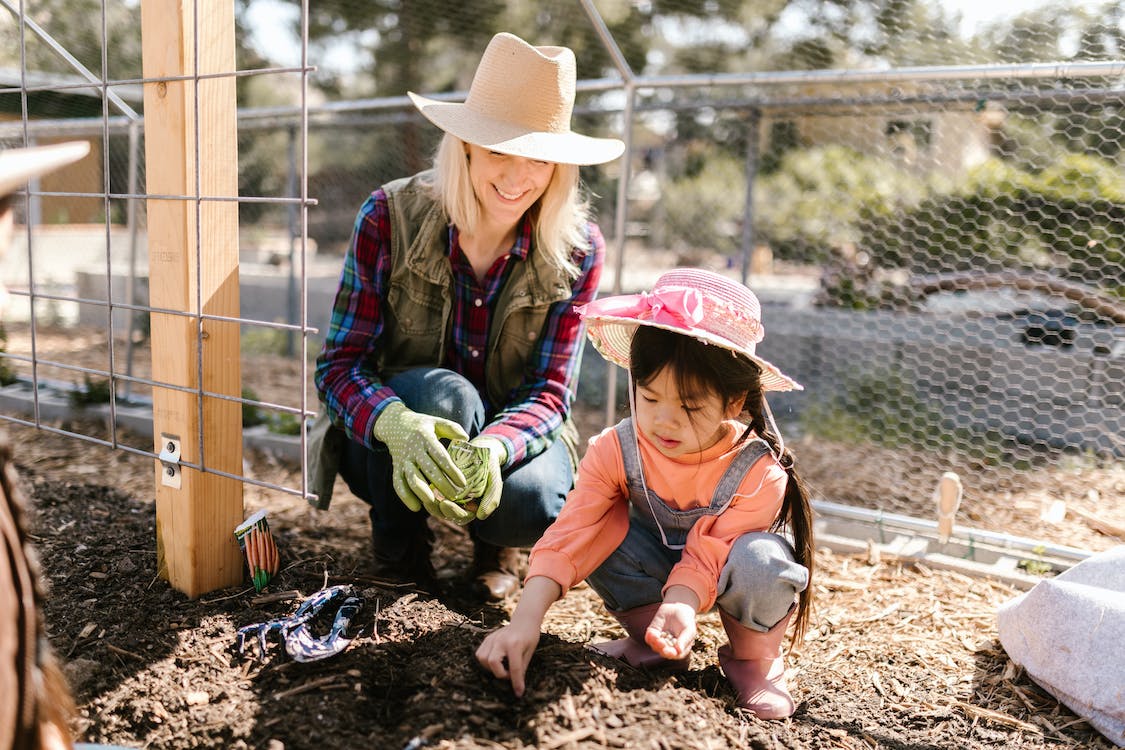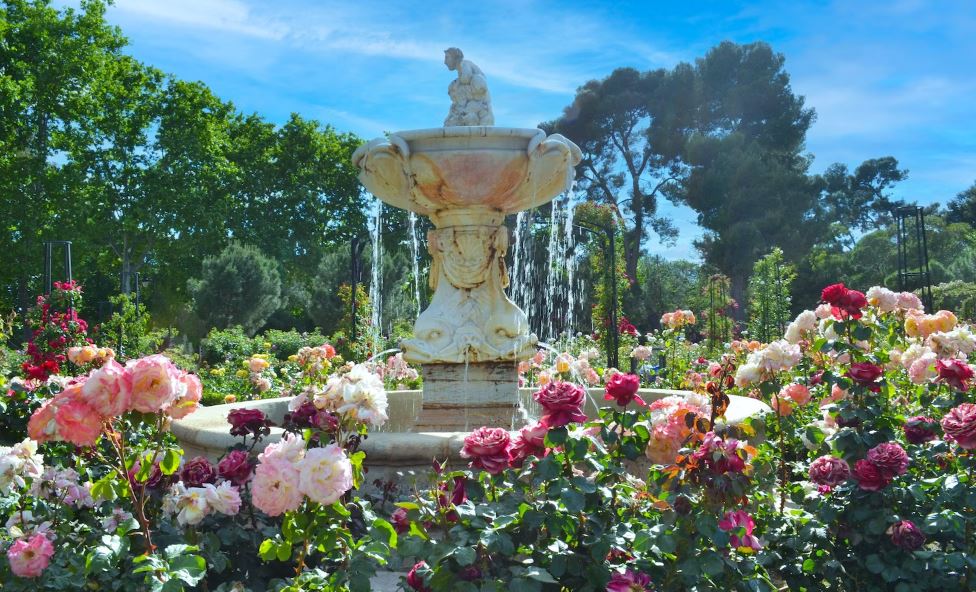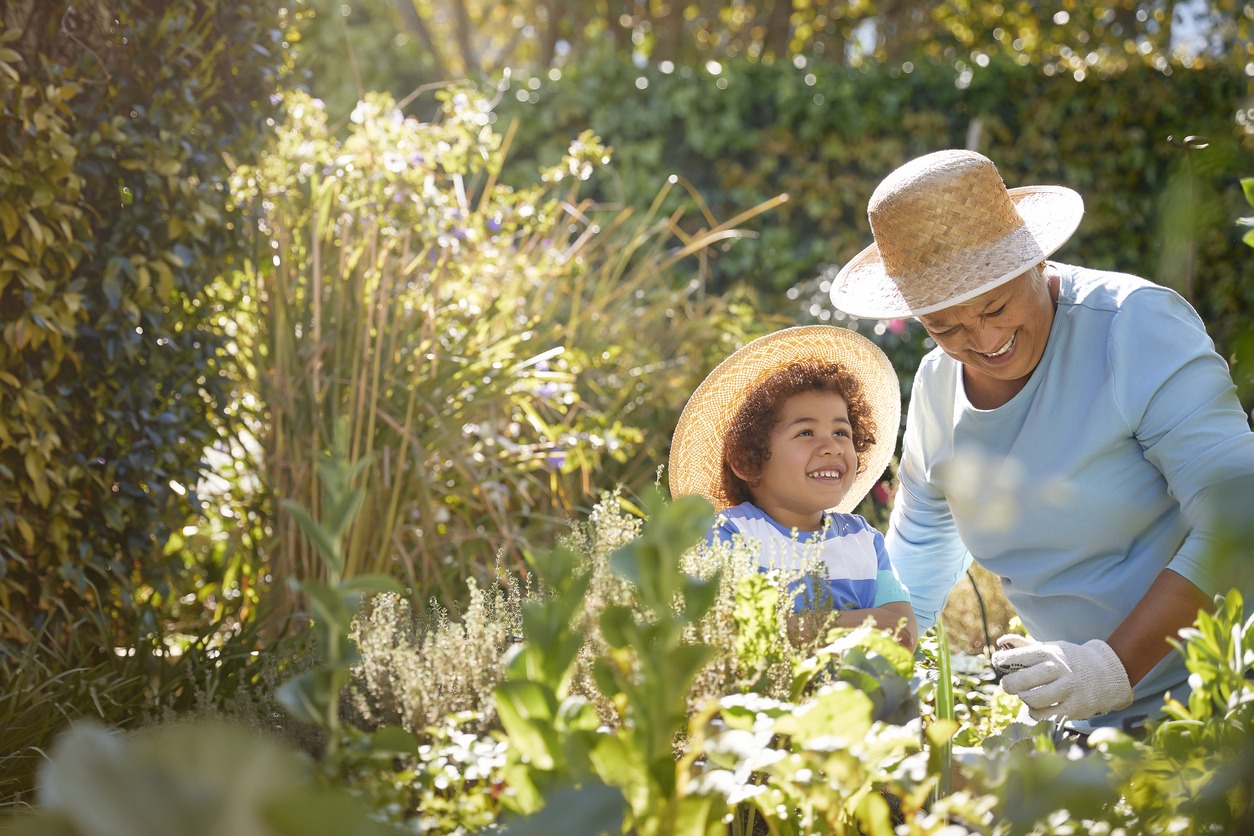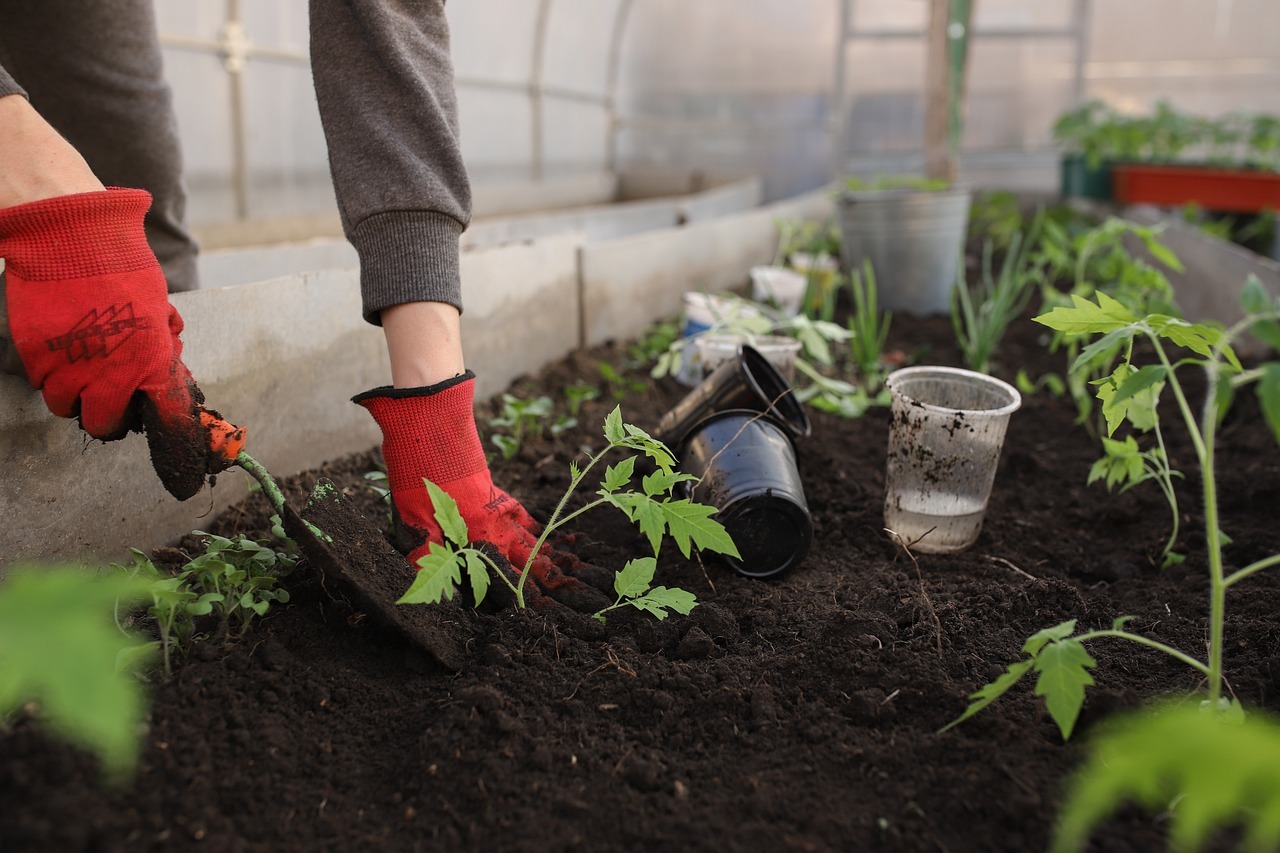Austin’s Community Garden Projects Worth Joining
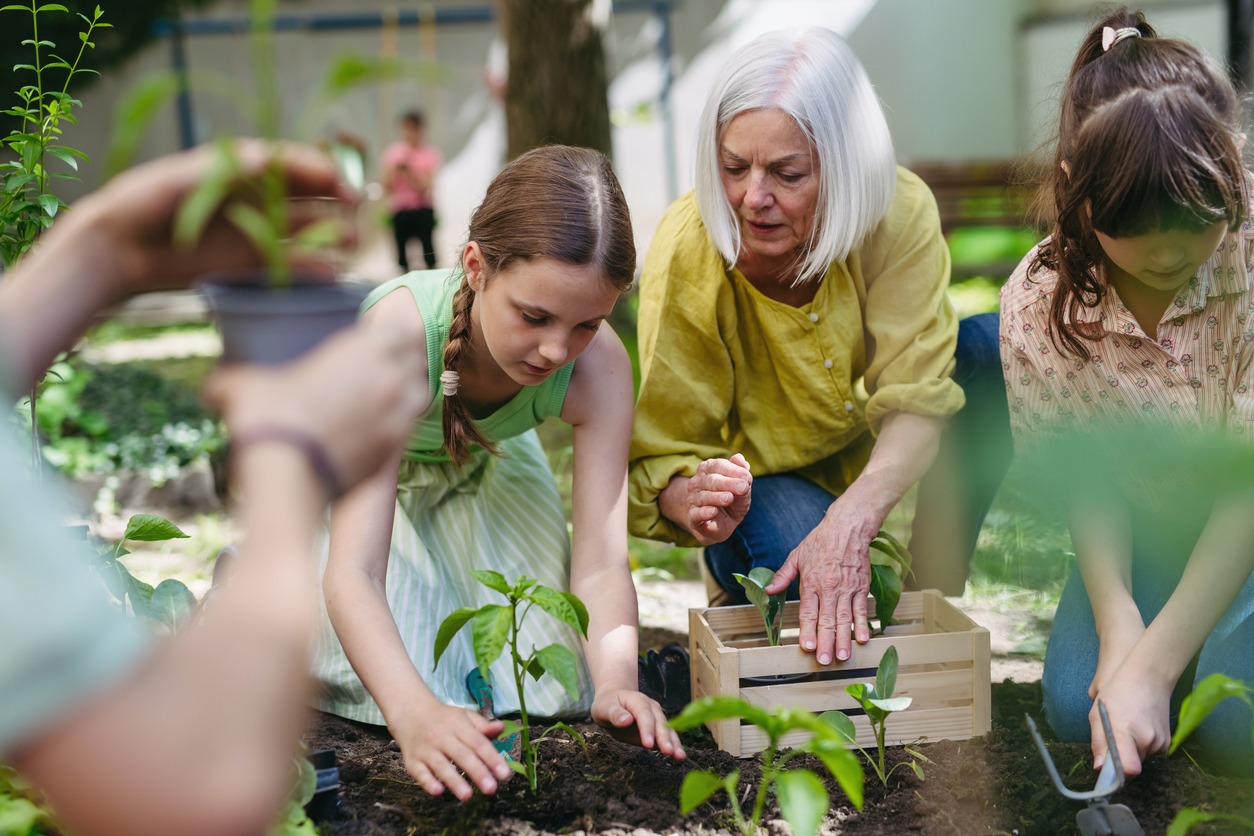
Austin’s top community garden projects include the historic Deep Eddy (established 1983), sprawling Festival Beach Community Garden (about 2–2.5 acres), and accessible senior spaces like Gus Garcia.
You’ll find volunteer opportunities at Austin Garden Collective and UT Microfarm if you can’t commit to a plot. East Austin gardens address food insecurity while building community connections. With annual fees ranging from about $0.20/sq ft to $80, these green spaces offer more than just gardening—they cultivate meaningful community bonds.
The Historical Deep Eddy: Austin’s Second-Oldest Garden Community
Since its founding in 1983, Deep Eddy Community Garden has flourished as one of Austin’s longest-running gardens—the second-oldest, evolving from a project under the Austin Nature and Science Center to an independent nonprofit. Located in Eilers Park near the historic Deep Eddy Pool, this garden thrives on fertile river-bottom soil that makes seasonal changes smooth for a variety of crops.
You’ll find about 30 plots of various sizes available for membership at roughly $0.20 per square foot annually. The garden’s popularity is evident through its multi-year waitlist for new members seeking to join this vibrant community.
Wildlife management becomes part of your gardening experience as deer, rabbits, and birds frequent the area. Members contribute volunteer hours while enjoying the benefits of community gardening, including access to the chicken coop, where participants share egg collection duties.
Festival Beach Garden: Largest Public Growing Space in Central Austin
View this post on Instagram
Looking to dig into Austin’s community garden scene without committing to your own plot? You’ll find numerous opportunities across the city’s 25+ community gardens that welcome helping hands. The Austin Garden Collective, Festival Beach, and Urban Roots all offer regular volunteer shifts lasting 2–3 hours. Volunteer coordination happens through simple registration systems, and you don’t need prior experience to participate. The Austin Garden Collective hosts Volunteer Saturdays during planting, growing, and harvesting seasons for those who want to contribute regularly. While contributing to local food security, you’ll gain benefits including: Common tasks include weeding, harvesting, planting seeds, and supporting special events. You can even help with youth programming or take on leadership roles as you develop your gardening confidence. University education meets hands-on sustainability at UT Microfarm, where students don’t just study agriculture—they practice it. Established in 2012, this half-acre, student-run organic farm at the Whitaker Intramural Fields offers a unique blend of academic learning and practical farming, plus Sunday morning volunteer sessions. You’ll find student research opportunities spanning disciplines from environmental science to architecture. UT affiliates can rent small garden plots (about $10–$15/semester), while the managed farm area donates produce to UT Outpost, the university’s on-campus food pantry supporting students. The Microfarm follows organic methods, utilizing composting, rainwater catchment, and erosion-control systems that benefit both education and the environment. As food insecurity affects roughly 17–18% of Texas residents overall, Austin’s network of community gardens has emerged as a critical response to the city’s fresh produce needs. These gardens function as food-security allies by growing food justice in neighborhoods where fresh options are scarce. Gardens like Deep Eddy, Festival Beach, and Lamplight demonstrate how bottom-up governance models can support consistent production. You’ll find these spaces are actively: Climate change effects are increasingly exacerbating food insecurity in vulnerable Austin communities, making these garden initiatives even more crucial. While these gardens can’t solve all food access issues, they’re essential components in Austin’s effort to address a ~22% child food-insecurity rate statewide. Securing funds for your community garden often represents the most challenging hurdle in bringing your vision to life. Fortunately, Austin offers multiple funding pathways through its Neighborhood Cost Share Program, with categories ranging from limited projects under $2,500 to large initiatives up to $500,000. Local nonprofits facilitate funding by serving as fiscal sponsors—the Austin Parks Foundation and Fruitful Commons provide grants, volunteer coordination, and liability insurance. The Austin Parks Foundation offers Neighborhood Grants (about $500–$5,000) specifically for small, community-initiated park improvements. City incentives for community gardens include a $50 community-garden permit application and assistance via the Community Gardens Program. For specialized support, explore the Talking Bees Garden Grant ($1,000), Julia Rappaport Fund ($1,000–$2,000), or Whole Kids Foundation grants (around $3,000)—particularly if your project focuses on education or underserved communities. East Austin has emerged as an epicenter of a vibrant community-garden movement, where green spaces address food insecurity while fostering neighborhood revitalization. Gardens like Good Soil (1190 Chicon St.), New Day, and Homewood Heights serve diverse populations across ethnic and income lines, creating hubs for community connection. You’ll find these gardens prioritize accessibility for underserved residents through: Many gardens, including Good Soil, combine food production with holistic community support, creating spaces where residents can nurture both plants and relationships while building food sovereignty in previously overlooked neighborhoods. While interest in community gardening continues to grow throughout Austin, maneuvering the application process requires careful planning and attention to detail. To avoid common application roadblocks, submit early during the annual cycle (August 28–September 18, 2025). You’ll need to prepare documentation including your garden rules, membership agreement, budget and fundraising plan, a simple garden design sketch, and a site plan with utilities marked. Don’t forget the $50 application fee payable to the Parks and Recreation Department. Increase your chances by securing letters of support from neighborhood associations and adjacent landowners, assembling a steering committee of at least four members, and gathering commitments from a minimum of ten gardeners. City staff typically responds within two weeks of submission to discuss next steps.Senior-Friendly Gardens: Accessible Spaces for Older Gardeners
Volunteer-Powered Gardens: How to Get Involved Without a Plot
University Partnerships: Learning While Growing at UT Microfarm
Food Security Heroes: Gardens Addressing Austin’s Fresh Produce Needs
Finding Financial Support for Your Community Garden Project
East Austin’s Garden Renaissance: Community Plots in Underserved Areas
How to Secure Your Plot: Application Process and Waitlist Tips

